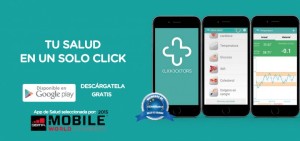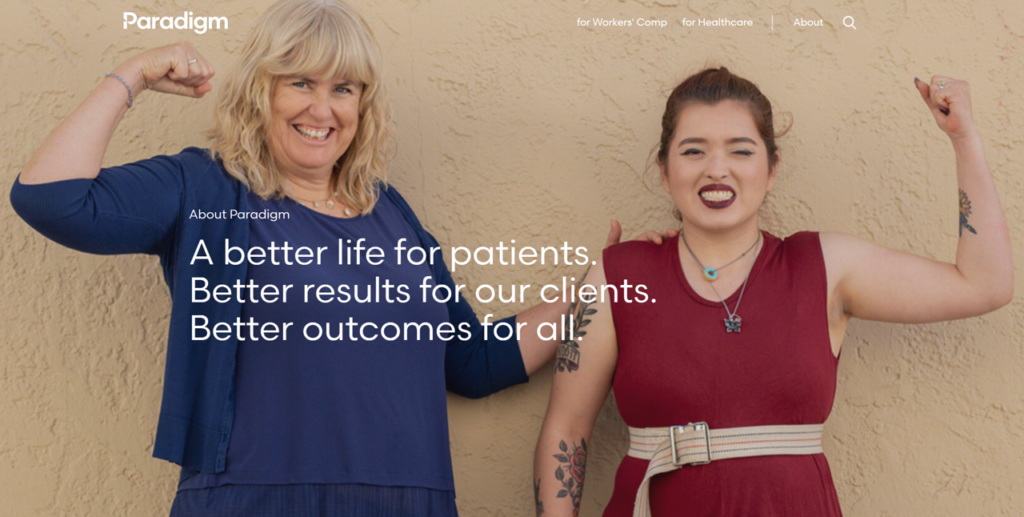 “A full medical team via your mobile,” leads an article on clickdoctors.se, covering a Spanish mHealth start-up. This, in the February 2015 (Febrero 2015) issue of ling, the Vueling airlines magazine.
“A full medical team via your mobile,” leads an article on clickdoctors.se, covering a Spanish mHealth start-up. This, in the February 2015 (Febrero 2015) issue of ling, the Vueling airlines magazine.
I am flying from Florence, Italy, to London via Vueling airlines, heading from an art-and-Slow Food-filled holiday to a couple days of work in the UK. So imagine my surprise as I head to work on digital health and food projects in London reading this article enroute, in the lovely skies flying above the Alps.
 The story begins: “In 2050 Spain will be, along with Japan, one of the countries with the oldest population in the world. And it’s estimated that 80% of the primary care consultations in Spain are related to chronic illnesses. Perhaps more alarming: some 50% of the chronic patients who take more than six medicines daily repeatedly fail to medicate themselves correctly.”
The story begins: “In 2050 Spain will be, along with Japan, one of the countries with the oldest population in the world. And it’s estimated that 80% of the primary care consultations in Spain are related to chronic illnesses. Perhaps more alarming: some 50% of the chronic patients who take more than six medicines daily repeatedly fail to medicate themselves correctly.”
Thus, Begoña Barturen, a community pharmacist based in Barcelona who has worked in pharma for many years, started up the Click Doctors app, available for Android and iOS platforms.
She said, “I was very clear about the need to integrate the mobile phone with pharmaceutical, medical and welfare attention so that the patient could benefit from these three services.”
Click Doctors provides both telehealth videoconference visit access, as well as remote health monitoring, for Spanish-speaking people. There is also a connection to pharmacies for healthcare providers to remotely do medication therapy management remotely.
Health Populi’s Hot Points: The healthcare challenges of medication adherence, and the larger context of aging health citizens, is universal, crossing hemispheres and continents, ethnicities and languages. Primary care access challenges countries the world over, even those European nations with relatively strong primary care backbones compared with the weaker, fragmented and less-resourced US primary care infrastructure.
The one sentence that sticks for me in this story is Begona’s comment about the need to integrate health across 3 segments: “pharma, medical and welfare.”
In Europe, that “welfare” means social services, and in the US health ecosystem social services have been long separated in funding and operations. But the social determinants of health — education, housing, safe streets, healthy food, et al — are so obviously part of European health systems. Not so in America, the land of highest per capita healthcare spending and relatively low ROI on health outcomes for that spend.
My latest paper for California Health Care Foundation on digital health for the underserved and safety net population speaks to this challenge. It is noteworthy that the lessons learned in that research carry over to Spain, and the rest of the developed world.





 Jane will deliver the keynote address at the upcoming
Jane will deliver the keynote address at the upcoming  Thank you, Jared Johnson, for including me on the list of the
Thank you, Jared Johnson, for including me on the list of the  I am so grateful to Tom Lawry for asking me to pen the foreword for his book, Health Care Nation,
I am so grateful to Tom Lawry for asking me to pen the foreword for his book, Health Care Nation,